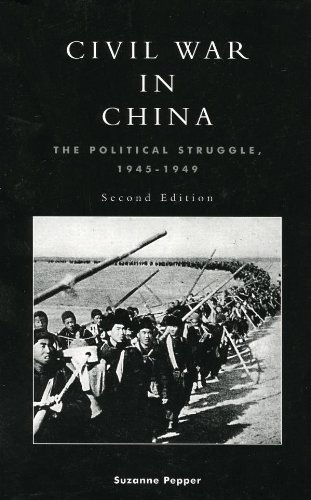The relevance of Pepper’s work for a scholar seeking to understand the dynamic that informed the politics of China’s civil war period cannot be over emphasized. Not only does Pepper treat us to a most perceptive and brilliant analysis of what went into making a communist victory possible in 1949, when just four years earlier the Kuomintang (KMT) had enjoyed the undisputed confidence of almost every section of Chinese society, but she also provides us with a wealth of data and documentation on the subject. The story of KMT rule during the period 1945-46 to 1948-49, both in the cities and the countryside, was, as Pepper records, is a sorry one. The venality and corruption of its officials gradually alienated almost every section of the urban and rural population. Government policy makers of the time also revealed both a lack of will and determination to take those· hard decisions so necessary for any kind of economic recovery. Instead, the KMT appeared to have only one obsession for which it was willing to sacrifice the interests of all – the continuation of the civil war against the communists.
March-April 1981, volume 5, No 3/4

